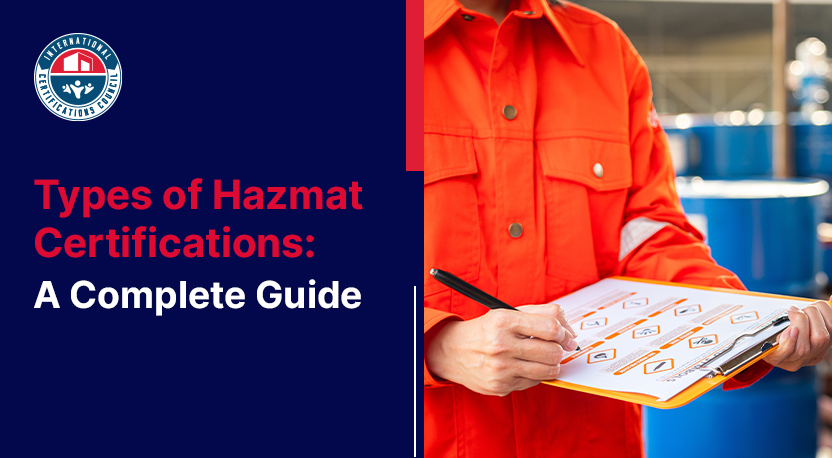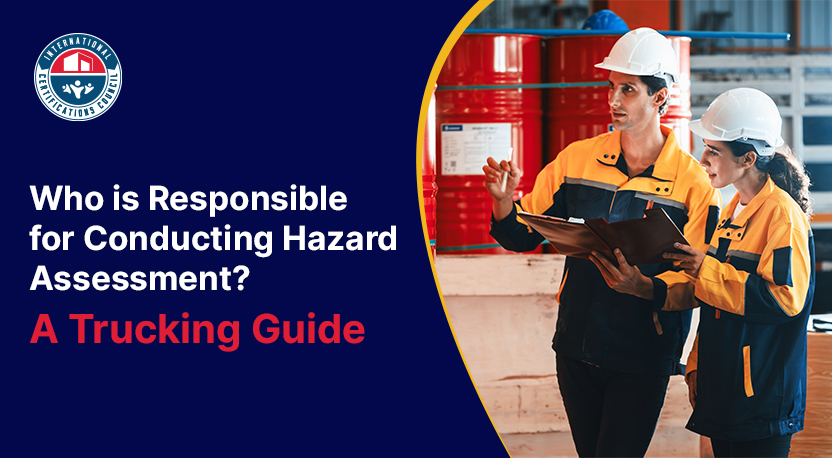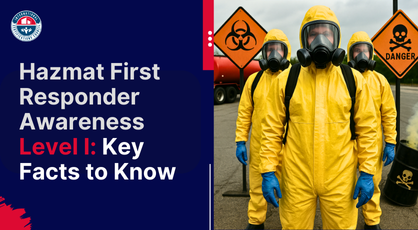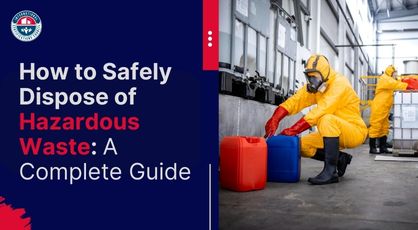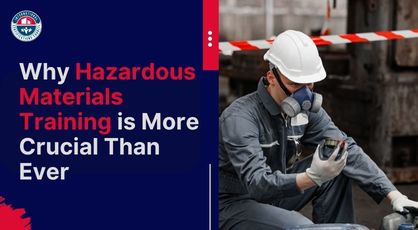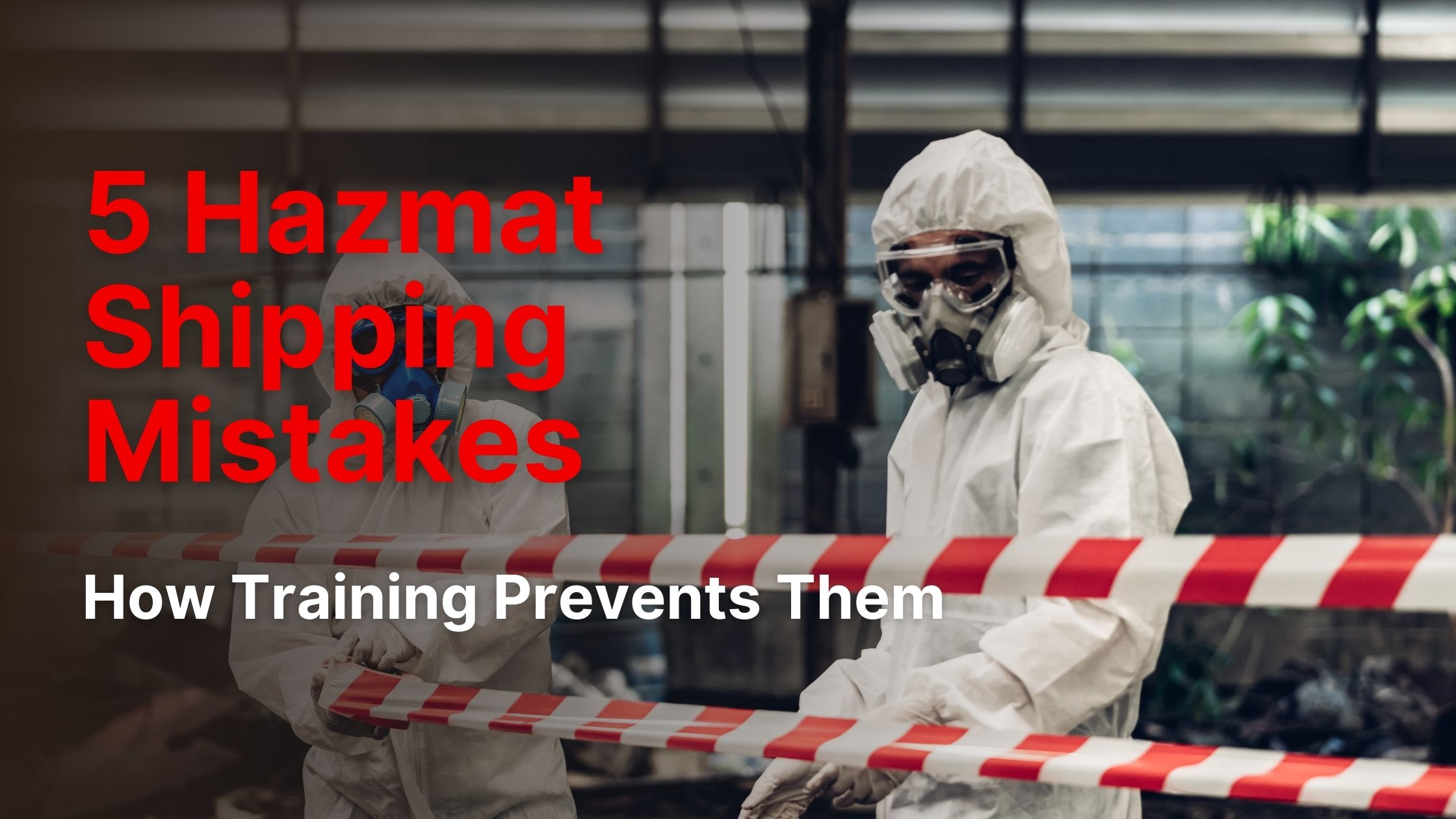Imagine a busy logistics warehouse handling fuel or chemicals – one small leak or misstep could spark a disaster.
Such incidents not only endanger lives but also carry steep costs.
For example, a single OSHA safety citation can cost up to $15,625 and a repeat violation up to $156,259.
Beyond fines, an accident can halt operations and damage your reputation.
This is why Process Safety Management (PSM) is so crucial.
In this article, we’ll break down what PSM means, why it matters, and how the 14 elements of PSM help keep your operations safe and compliant.
What Is a PSM? (PSM Meaning and Importance)
PSM is an OSHA rule and safety program aimed at preventing the release of highly hazardous chemicals (HHCs) that could harm workers and communities.
The goal, as OSHA puts it, is to “prevent or minimize the consequences of catastrophic releases of toxic, reactive, flammable, or explosive chemicals”.
Crucially, PSM isn’t only for chemical plants. Many T&L facilities fall under PSM rules too.
The OSHA regulation (29 CFR 1910.119) applies to any site with certain dangerous substances over threshold quantities.
For example, if you have 10,000 pounds or more of a flammable gas (like propane or gasoline) in your process, you likely fall under PSM.
14 Elements of a Process Safety Management (PSM) Program
OSHA’s PSM program is built around the following 14 interrelated elements.
1. Employee Participation
PSM starts with your people.
Employers must involve employees in every aspect of the PSM program.
This element means you should have a written plan for employee participation and ensure workers are consulted, informed, and heard on safety matters.
For example, employees should be part of discussions about process hazards, procedure updates, and incident investigations.
When employees participate, it builds buy-in and a stronger safety culture where everyone looks out for potential problems.
2. Process Safety Information
You can’t manage what you don’t understand.
This element requires compiling detailed, written information about the chemicals, technology, and equipment in your process.
Before doing any hazard analysis, you need to document things like:
- The properties and dangers of each chemical,
- Equipment specifications,
- Diagrams of the process,
- Operating limits, and so on.
All relevant workers should be able to access and understand this info.
3. Process Hazard Analysis (PHA)
Using the process safety information, you and your team must:
- Identify what could go wrong (e.g. leaks, reactions, failures),
- Evaluate the potential consequences,
- And implement safeguards to prevent those scenarios.
OSHA requires that PHAs be done by a team including someone knowledgeable in appropriate hazard analysis techniques.
Common methods are checklists, HAZOP studies, “what-if” analyses, etc.
Regularly re-evaluate and update your PHAs to keep them current.
4. Operating Procedures
OSHA expects detailed operating procedures for each stage:
- Startup,
- Normal operation,
- Temporary operations,
- Emergency shutdowns,
- Normal shutdown,
- And start up after emergencies or maintenance.
For example, if you have a fuel storage and dispensing process, you need written procedures for routine fueling, as well as what to do in an emergency shut-off situation.
5. Training
Under PSM, employers must train all employees who work with or near the covered process on the operating procedures, safety practices, and emergency response for their jobs.
New hires need initial training, and even experienced workers must get refresher training at least every three years to stay sharp.
The training should emphasize:
- The specific hazards of the chemicals and processes,
- Hazmat safety training
- How to perform duties safely,
- And what to do in an emergency.
Employees should truly understand the material, so employers are expected to document and verify that each worker comprehends the training.
6. Contractors
PSM requires that contract workers be held to the same safety standards as your own employees.
This element has a few parts:
- Vet and select contractors based on their safety performance
- Communicate process hazards and facility safety rules
- Ensure contractor employees are trained to work safely
- Make them aware of fire, explosion, or toxic release risks
By treating contractors as part of your safety program, you reduce the risk that an outside worker’s mistake could cause an incident.
7. Pre-Startup Safety Review (PSSR)
During a PSSR, you verify that all construction or equipment changes are per design:
- That safety, operating, and maintenance procedures are updated,
- That training for the new or modified process is done,
- And that any recommendations from the PHA or earlier reviews have been addressed.
For example, If you add a new flammable liquid storage tank at a distribution center, a PSSR ensures it’s installed properly, fire protection is in place, operators are trained, and a hazard analysis has been completed.
8. Mechanical Integrity
Mechanical Integrity requires regular, documented inspections and tests of equipment like
- Pressure vessels,
- Storage tanks,
- Pipes,
- Valves,
- Relief systems,
- Emergency shutdown systems, etc.
These inspections must follow recognized good engineering practices and be done by qualified personnel.
Keeping equipment sound and functioning reduces the chance of leaks, failures or malfunctions that could lead to a hazardous release. I
9. Hot Work Permits
“Hot work” refers to any work that can spark ignition – typically welding, cutting, grinding, or use of open flames.
Such activities can be extremely dangerous near flammable materials.
Under PSM, you must have a permit system for hot work on or near covered processes.
The permit is basically a checklist ensuring that proper precautions are taken.
By enforcing hot work permits, you prevent a leading cause of industrial fires and explosions.
10. Management of Change (MOC)
The MOC element requires that any change to a covered process (except “replacements in kind”) goes through a systematic review process.
A good MOC procedure will ask questions like:
- Why are we making this change?
- Could this change affect safety or health (e.g. create higher pressure, new reactions, or require different PPE)?
- Do operating procedures or training need updating because of it?
- Has a hazard analysis been done for the change?
- And finally, who approves it?.
For example, if you switch to a different cleaning chemical in your fleet maintenance shop, MOC would ensure you check the new chemical’s hazards and update the process safety information and training if needed.
11. Incident Investigation
PSM requires prompt investigation (within 48 hours) of any incident that caused or could have caused a hazardous chemical release.
A qualified team must document the event, find root causes, and suggest corrective actions.
For example, if an ammonia odor is released from a lifted relief valve, you’d identify the cause and correct it - whether it's a procedure, part, or error.
12. Emergency Planning and Response
Have a clear, detailed plan for worst-case scenarios.
Include steps for reporting incidents, evacuating safely, and handling small releases.
Train employees and responders on exactly what to do.
Coordinate with local emergency services like fire and HAZMAT teams. If something goes wrong, is everyone prepared to respond quickly and effectively?
13. Compliance Audits
OSHA requires a PSM compliance audit at least every three years.
Review all 14 elements to spot outdated procedures, missed training, or unresolved findings.
Document all gaps and corrective actions, and keep the last two audit reports as proof.
These audits help identify weaknesses and support continuous improvement by preventing complacency over time.
14. Trade Secrets
The final element recognizes that companies may have proprietary information, but safety comes before secrecy.
OSHA requires sharing all necessary details, even trade secrets, with anyone who needs them for safe operations, like engineers or emergency responders.
You can’t withhold critical process or chemical info if it impacts safety.
This element ensures transparency, so no safety decisions are made without the right information.
Conclusion
By implementing these 14 elements, your businesses can develop a strong PSM program that not only meets OSHA requirements but also genuinely protects their workers and operations.
Remember, PSM is about foresight and prevention; it’s far better to invest time and effort into managing processes safely than to deal with the fallout of a major accident.
For any company handling hazardous materials, PSM provides a proven blueprint to keep people safe, maintain trust, and keep things running smoothly.
Need help getting started with PSM? Iccouncil.org offers online Process Safety Management courses for you and your team.
Enroll today!
More Useful Links:
DOT Hazmat Training
DOT Supervisor Training

